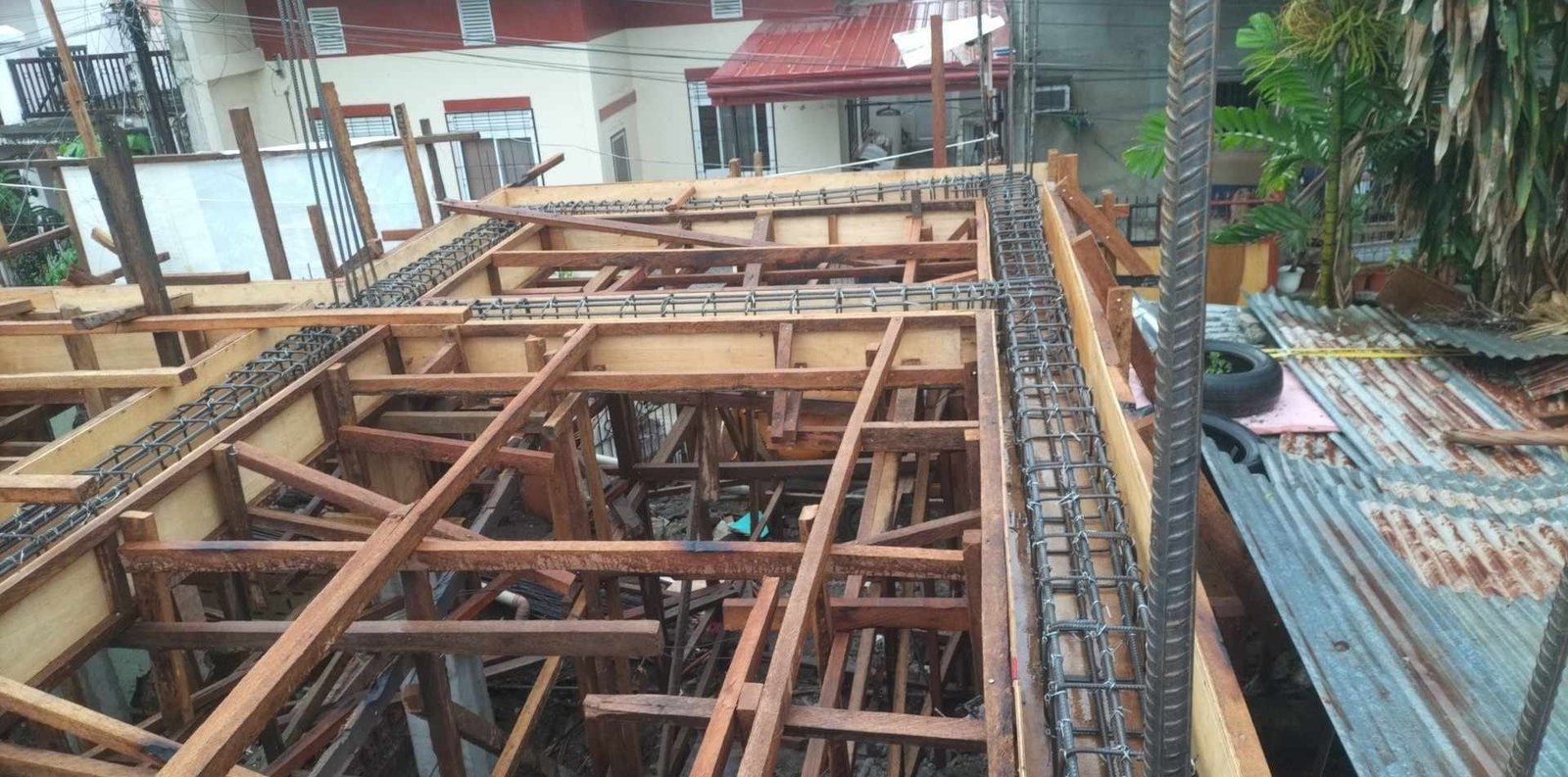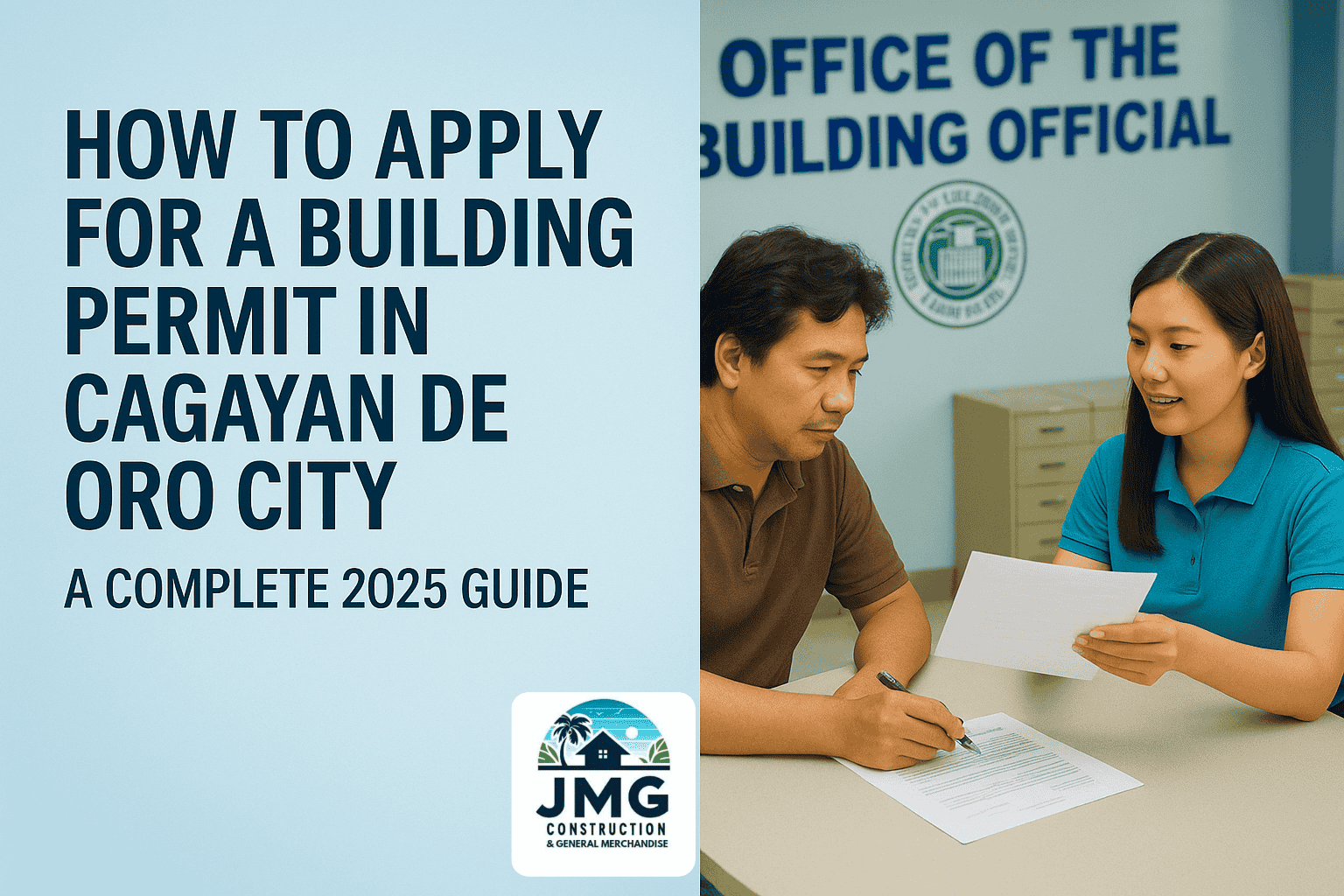Introduction: BP220 Standards
When planning to construct a residential project in the Philippines, it is crucial to be familiar with the Building Compliance Standards, particularly BP220. BP220, or Batas Pambansa Bilang 220, provides guidelines for the design and construction of economic and socialized housing projects to ensure that every Filipino home meets essential safety, comfort, and durability standards.
What is BP220 Standards ?
BP220 is a law that aims to regulate the development of affordable housing projects, including economic and socialized housing. It covers various aspects of construction, from the site and building layout to infrastructure facilities and utilities, ensuring that all residential projects are safe and sustainable.
BP220 is applicable to residential buildings such as rowhouses, multi-family dwellings, single detached homes, and duplexes. It ensures that construction is carried out in compliance with national standards, while addressing the basic needs of the community.
BP220 Standards and Their Implications on Building Projects
The Implementing Rules and Regulations (IRR) of BP220 provide clear standards for developing low-cost housing projects. These include specifications for building layout, infrastructure, water and electrical systems, and sanitation. Here are the key aspects of BP220 compliance that impact residential construction:
1. Site and Infrastructure Requirements
One of the primary goals of BP220 Standards is to ensure that housing projects are built on safe and suitable land. This includes requirements such as:
- Roads and pathways: Proper design and construction of internal roads to allow safe and easy access to houses.
- Drainage and sanitation: Implementation of effective water and waste management systems to maintain cleanliness and prevent flooding.
- Open spaces: Adequate provisions for parks and recreational spaces, ensuring a livable and healthy environment for residents.
2. Building Design and Construction
BP220 also sets the standards for the physical structure of residential buildings. These include:
- Structural integrity: Buildings must be designed and constructed to withstand the elements, including earthquakes and strong winds, ensuring long-term durability.
- Space requirements: Adequate space must be allocated for rooms, windows, doors, and fire exits, maintaining accessibility and safety.
- Materials: Use of safe and sustainable materials to ensure that construction meets national safety codes while remaining affordable for socialized housing projects.
Specific Requirements for Residential Projects
Adhering to BP220 standards ensures that residential buildings meet essential criteria for both habitability and safety. Here are some specific requirements to keep in mind:
A. Electrical and Plumbing Systems
All electrical installations must comply with the Philippine Electrical Code, while plumbing systems must be designed to follow national standards. A licensed electrical practitioner must oversee the installation and ensure everything is in line with the approved plans.
B. Professional Supervision
As outlined in BP220 Standards, a licensed architect or civil engineer must prepare the building plans and specifications, and supervise the construction. This ensures the building adheres to the approved designs, and any necessary corrections are made promptly.
C. Occupancy Requirements
Before a building can be occupied, a Certificate of Occupancy must be secured. This certificate confirms that the construction work has complied with all necessary building codes, and that the structure is safe for habitation.
How BP220 Ensures Safety and Structural Integrity
BP220 goes beyond basic building regulations to guarantee the safety and well-being of residents. By mandating the use of quality materials and adherence to stringent safety codes, the law ensures that affordable housing does not compromise on durability and structural soundness. Here are some ways BP220 safeguards both builders and future residents:
1. Qualified Professionals
BP220 requires that only qualified architects, civil engineers, and other professionals handle critical aspects of building projects. This reduces the risk of structural failures and ensures that all work is done in compliance with the latest industry standards.
2. Compliance with National Building Codes
Projects under BP220 must adhere to the National Building Code of the Philippines (PD 1096), ensuring that all aspects of construction—from design to final inspection—meet national safety standards.
3. Thorough Inspection and Monitoring
Each stage of the construction process is subject to rigorous inspection and monitoring to ensure that the project complies with all the conditions set out in BP220. This includes electrical installations, plumbing systems, and fire safety measures.
Conclusion
BP220 plays a crucial role in shaping the landscape of affordable housing in the Philippines. For developers and homeowners alike, understanding and adhering to these standards not only ensures compliance with the law but also guarantees the safety, livability, and longevity of residential projects. By following the rules laid out in BP220, builders can contribute to the creation of safe and sustainable communities across the country.
If you’re planning a construction project, it’s essential to work with experienced professionals who understand the intricacies of BP220 and its impact on your building plans. Ensure your project is built to last and meets the highest safety standards by securing the necessary permits and following the guidelines.








